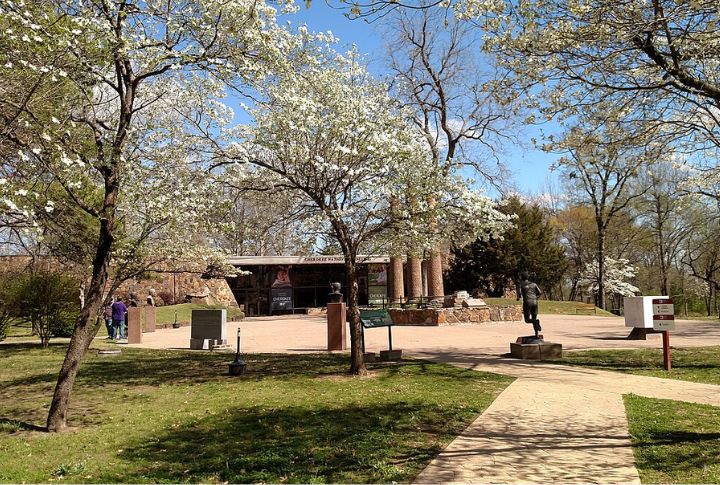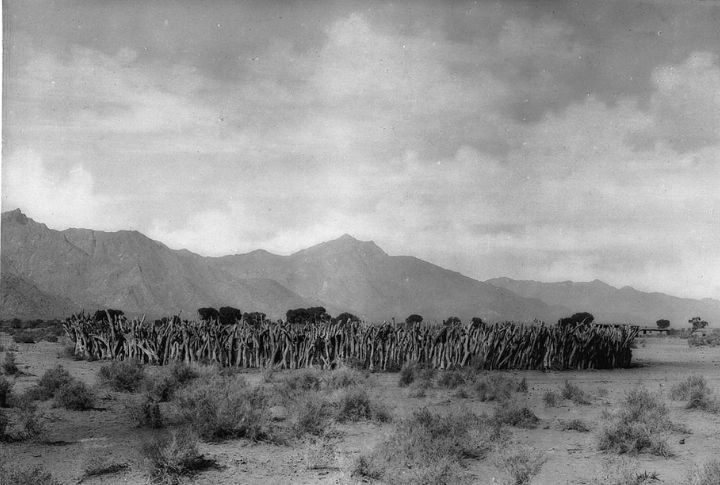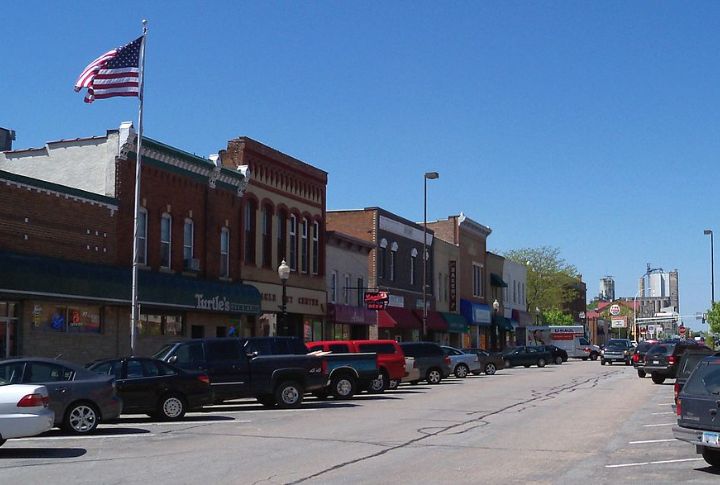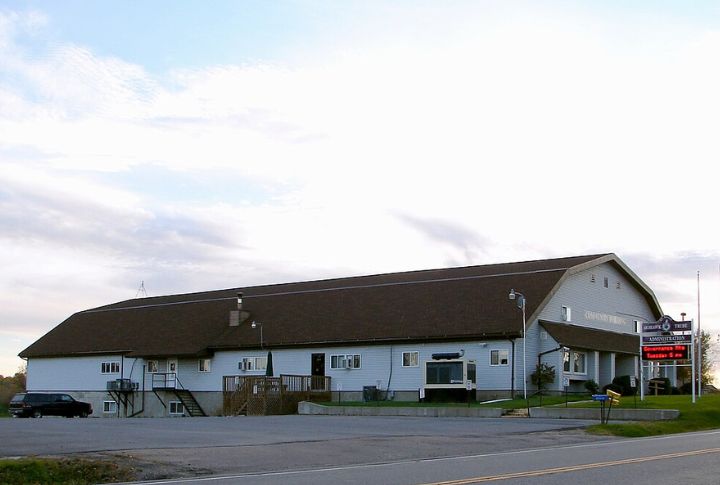News
10 Native American Homelands That Prove Sovereignty And Progress Can Go Hand In Hand

Amid centuries of displacement and systemic adversity, several Native American tribes have transformed their homelands into thriving cultural, economic, and ecological hubs. These communities preserve identity and create innovative models of sovereignty and sustainability. Here are ten tribal homelands that defy the odds and are flourishing today.
The Cherokee Nation, Oklahoma

Based in Tahlequah, the Cherokee Nation runs the biggest tribal healthcare system in the United States. It generates a $2 billion annual economy and funds education, housing, and environmental restoration initiatives. Language revitalization programs, like the Cherokee Immersion School, are thriving. In 2021, it opened a state-of-the-art outpatient health center spanning 469,000 square feet.
Gila River Indian Community, Arizona

This community has reclaimed agricultural prosperity using ancestral canal systems to irrigate thousands of acres. Casinos, hospitality ventures, and utility enterprises drive economic success. The community also created its own telecommunications company. Gila River’s managed aquifer recharge system helps counter Arizona’s severe drought.
Lummi Nation, Washington

Known as the “Salmon People,” the Lummi have fought to protect marine life and sacred sites in the Pacific Northwest. Their innovative reef net fishing method preserves fish populations while supporting local livelihoods. They established the Lummi Nation School of Aquatic and Fishery Sciences, blending academic rigor with traditional ecological knowledge.
Penobscot Nation, Maine

This tribe resides along the Penobscot River and has fiercely protected its water rights and ecosystem. Despite centuries of encroachment, the nation continues to manage vast forests and fisheries. The Penobscot Nation currently owns more than 100,000 acres of land and has collaborated with the University of Maine to support language programs.
Shakopee Mdewakanton Sioux Community, Minnesota

Once struggling economically, this Dakota tribe now owns and operates some of the Midwest’s top entertainment and hospitality venues. Gaming revenue is channeled towards health clinics, tribal police, and charitable giving. The community has donated over $350 million to other Native nations.
Osage Nation, Oklahoma

The Osage Nation regained control of vast underground oil reserves after decades of legal battles over mineral rights. Revenue from these resources funds infrastructure, education, and cultural preservation. The tribe opened a 60,000-square-foot campus for government and cultural services in Pawhuska and, through the Osage Language Department, launched immersion programs and apps.
Nez Perce Tribe, Idaho

These people have become leaders in environmental stewardship and salmon conservation across the Columbia River Basin. Their fisheries program spans 13,000 square miles and employs advanced hatchery science. Beyond ecology, they also operate their own police, courts, and colleges as a way of reinforcing sovereignty.
Choctaw Nation, Oklahoma

Spanning ten and a half counties, the Choctaw Nation is the third-largest federally recognized tribe in the U.S. Its business empire includes defense contracting and manufacturing. During the COVID-19 pandemic, Choctaws launched telemedicine and broadband initiatives. The tribal headquarters in Durant anchors an extensive network of clinics and schools.
Tohono O’odham Nation, Arizona

The Tohono O’odham Nation straddles the U.S.-Mexico border and faces unique challenges, yet their homeland remains culturally and ecologically vibrant. They’ve successfully opposed border wall construction through legal and diplomatic channels. The tribe controls over 2.8 million acres and promotes food sovereignty through its Desert Rain Cafe.
St. Regis Mohawk Tribe, New York

Located on Akwesasne, along the St. Lawrence River, this tribe has made significant strides in clean energy and economic independence. It runs its own utility company, launched a solar farm in 2019, and has one of the most developed courts in Indian Country. Its territory spans both the U.S. and Canada, requiring sophisticated cross-border governance.

